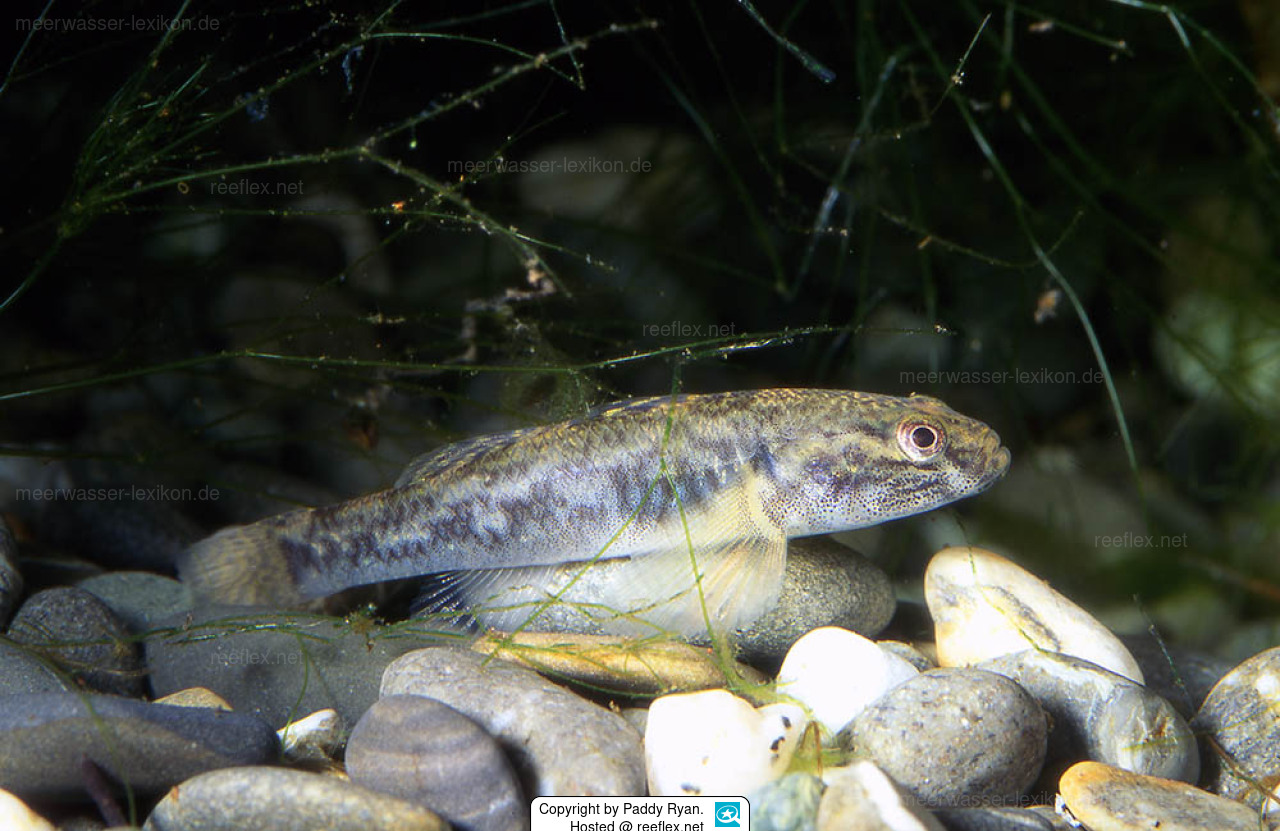Info
(Valenciennes, 1837)
Adults Snakehead sleeper occur in fresh water, estuaries and inshore and are found in a variety of habitats including rivers, swamps, coastal streams and floodplains over mud bottoms, often among dense aquatic vegetation or the cover of undercut banks.
They feed mainly on aquatic insects and nymphs, but also takes lesser amount of algae, other aquatic plants and small crustaceans.
Synonymised names
Eleotris aporocephalus MacLeay, 1884 · unaccepted
Eleotris aporos Bleeker, 1854 · unaccepted
Eleotris hoedtii Bleeker, 1854 · unaccepted
Eleotris laglaizei Sauvage, 1880 · unaccepted (synonym)
Eleotris margaritacea Valenciennes, 1837 · unaccepted
Eleotris planiceps MacLeay, 1883 · unaccepted
Eleotris vanicolensis Sauvage, 1880 · unaccepted
Giuris margaritacea (Valenciennes, 1837) · unaccepted
Giurus hoedti (Bleeker, 1854) · unaccepted (misspelling)
Giurus margaritacea (Valenciennes, 1837) · unaccepted (misspelling)
Hypseleotris agilis Herre, 1927 · unaccepted
Ophieleotris agilis (Herre, 1927) · unaccepted
Ophieleotris aporos (Bleeker, 1854) · unaccepted
Ophiocara aporops (Bleeker, 1854) · unaccepted (misspelling)
Ophiocara aporos (Bleeker, 1854) · unaccepted
Pohieleotris aporos (Bleeker, 1854) · unaccepted (misspelling)
Adults Snakehead sleeper occur in fresh water, estuaries and inshore and are found in a variety of habitats including rivers, swamps, coastal streams and floodplains over mud bottoms, often among dense aquatic vegetation or the cover of undercut banks.
They feed mainly on aquatic insects and nymphs, but also takes lesser amount of algae, other aquatic plants and small crustaceans.
Synonymised names
Eleotris aporocephalus MacLeay, 1884 · unaccepted
Eleotris aporos Bleeker, 1854 · unaccepted
Eleotris hoedtii Bleeker, 1854 · unaccepted
Eleotris laglaizei Sauvage, 1880 · unaccepted (synonym)
Eleotris margaritacea Valenciennes, 1837 · unaccepted
Eleotris planiceps MacLeay, 1883 · unaccepted
Eleotris vanicolensis Sauvage, 1880 · unaccepted
Giuris margaritacea (Valenciennes, 1837) · unaccepted
Giurus hoedti (Bleeker, 1854) · unaccepted (misspelling)
Giurus margaritacea (Valenciennes, 1837) · unaccepted (misspelling)
Hypseleotris agilis Herre, 1927 · unaccepted
Ophieleotris agilis (Herre, 1927) · unaccepted
Ophieleotris aporos (Bleeker, 1854) · unaccepted
Ophiocara aporops (Bleeker, 1854) · unaccepted (misspelling)
Ophiocara aporos (Bleeker, 1854) · unaccepted
Pohieleotris aporos (Bleeker, 1854) · unaccepted (misspelling)







 Dr. Paddy Ryan, USA
Dr. Paddy Ryan, USA



